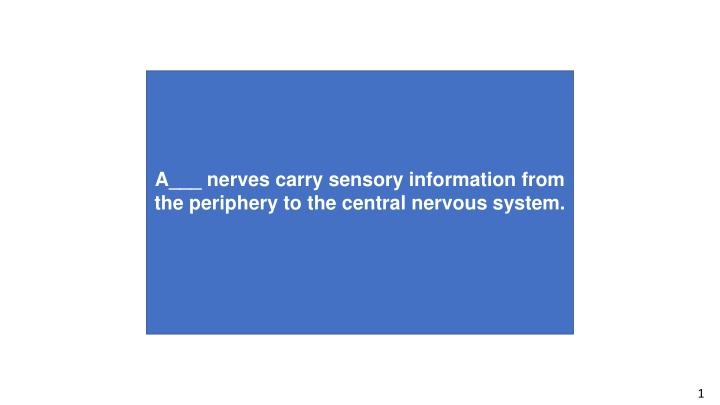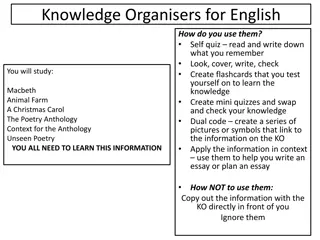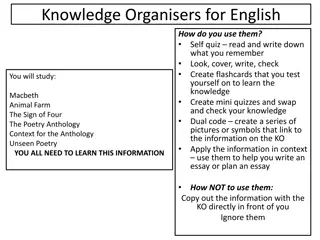
Nervous System: A Comprehensive Guide
Explore the intricate workings of the nervous system, from afferent nerves and the amygdala to the arachnoid mater and astrocytes. Delve into key brain areas like the basal ganglia and learn about essential components such as axons and the autonomic nervous system. Uncover the roles of these structures in facilitating sensory information, motor function, and internal organ control. Enhance your knowledge of neural anatomy and function with this detailed overview.
Download Presentation

Please find below an Image/Link to download the presentation.
The content on the website is provided AS IS for your information and personal use only. It may not be sold, licensed, or shared on other websites without obtaining consent from the author. If you encounter any issues during the download, it is possible that the publisher has removed the file from their server.
You are allowed to download the files provided on this website for personal or commercial use, subject to the condition that they are used lawfully. All files are the property of their respective owners.
The content on the website is provided AS IS for your information and personal use only. It may not be sold, licensed, or shared on other websites without obtaining consent from the author.
E N D
Presentation Transcript
A___ nerves carry sensory information from the periphery to the central nervous system. 1
Afferent 1
a brain area critical to learning to recognize threatening situations 2
amygdala 2
anterior 3
One of three meninges that surround and protect the spinal cord and the brain a___ mater 4
star-shaped glial cell that provides nutrients and other support to nearby neurons. 5
the division of the nervous system that controls the arousal state of internal organs 6
a thread-like extension that leaves the cell body and carries an electrical signal to the terminal 7
axon 7
a brain area important in motor function Diseases of the b___ ____ can lead to various movement disorders. 8
a signal used in fMRI brain imaging Brain areas that undergo increases or decreases in neuronal activity show corresponding increases or decreases in the B___ signal 9
a division of the brain located just atop the spinal cord It contains the medulla, pons, cerebellum, and midbrain. 10
brainstem 10
caudal 11
the roundish factory of the neuron that contains the cell s nucleus and organelles 12
cell body 12
the division of the nervous system containing the brain and spinal cord. 14
the groove that separates the frontal from the parietal lobe 15
a region of the brainstem critical for bodily balance, and for smooth and accurate limb movements 16
cerebellum 16
a fluid-filled channel that connects the third and fourth ventricles 17
the thin outer-most layer of the brain that is responsible for the complex cognitive processes that define the human species 18
a group of cells, located within each of the four ventricles, which produce cerebrospinal fluid 20
a slice that divides the brain into front and back regions 22
a bundle of neurons that connect the two hemispheres 23
nerves that communicate directly between the brain and the periphery of the body, bypassing the spinal cord 24
branch-like extensions that receive input from other neurons 25
dendrites 25






















